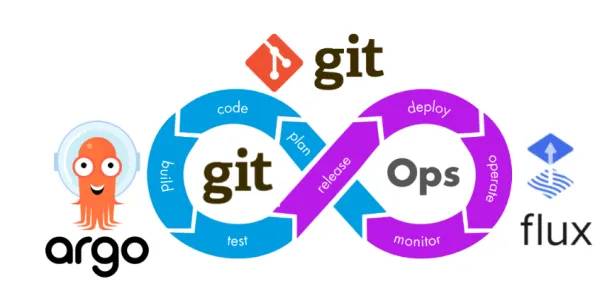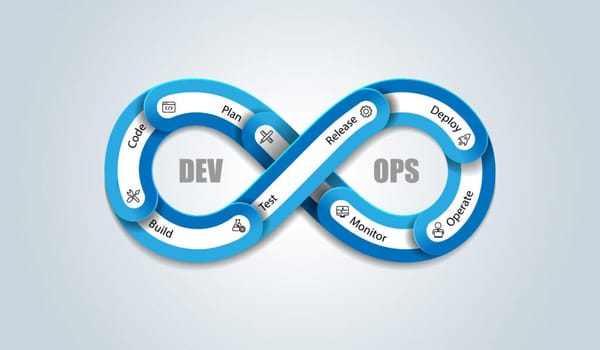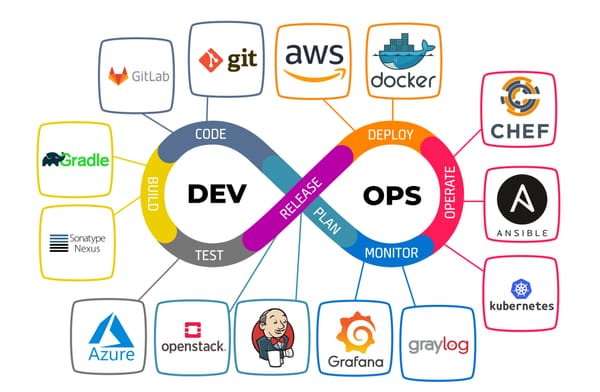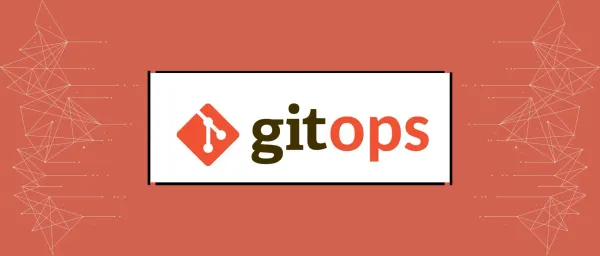DevOps in 2025 isn't just about automation. It's about developer experience, security-first infrastructure, and shipping fast without breaking production.
If your toolchain still revolves around ad-hoc scripts and Jenkins pipelines from 2018, you’re not just behind — you’re vulnerable, inefficient, and probably exhausted.
Here’s the modern DevOps stack powering elite engineering teams today — and how to implement it without losing your mind.
🧱 1. Infrastructure as Code (IaC)
Must-Have Tools:
- 🛠 Terraform — The gold standard. Use modules, workspaces, and backends.
- ⚙️ Pulumi — TypeScript/Python-native IaC for teams who hate HCL.
- 🧪 Terragrunt — For managing complex Terraform mono-repos.
Best Practices:
- DRY your infrastructure with reusable modules
- Store IaC code in version-controlled Git repos
- Use remote backends (e.g., S3 + DynamoDB or Terraform Cloud)
📌 IaC is your foundation. If you're clicking in the cloud console, you're doing it wrong.
🚀 2. CI/CD Pipelines
Must-Have Tools:
- 🧬 GitHub Actions — Deeply integrated, highly flexible.
- 🔁 GitLab CI — Great for mono-repos and full DevOps lifecycle.
- ☁️ CircleCI / Jenkins (modernized) — Still relevant with the right pipelines.
Best Practices:
- Use matrix builds and caching to speed up pipelines
- Make pipelines fail fast (lint/test first)
- Store all pipeline logic as code in your repo
- Block PR merges on failed checks
💡 Treat your pipeline like product. Clean, fast, and testable.
🎯 3. GitOps Deployment
Must-Have Tools:
- 🚢 ArgoCD — Declarative, visual, powerful.
- 📦 FluxCD — Git-native, lighter footprint.
- 🛡️ Atlantis — GitOps for Terraform.
Best Practices:
- Deploy from Git, not your laptop
- Use separate repos for app code vs infra configs
- Promote environments through Git (dev → staging → prod)
- Automate rollbacks with Git history
🔁 Every deployment should be traceable, auditable, and revertible.
📊 4. Observability Stack
Must-Have Tools:
- 📈 Prometheus — Metrics collection.
- 📉 Grafana — Visualization + alerting.
- 📄 Loki — Centralized logs.
- 🐞 Sentry — App-level error tracking.
- 🔭 OpenTelemetry — Unified tracing framework.
Best Practices:
- Monitor SLIs/SLOs (not just CPU %)
- Implement structured logging with trace IDs
- Set actionable alerts (no alert fatigue)
- Correlate metrics, logs, and traces for root-cause analysis
🧠 If you don’t have observability, you don’t have DevOps — you’re just guessing.
🔐 5. Security & Compliance
Must-Have Tools:
- 🧪 Trivy — Image scanning.
- 🛡️ Snyk — Dependency and container vulnerability detection.
- 🔍 Checkov — IaC static analysis.
- 🔑 Sealed Secrets / HashiCorp Vault / AWS Secrets Manager — Secret management.
Best Practices:
- Integrate security checks into your CI/CD
- Avoid hardcoded secrets — ever
- Automate patching and dependency updates (Dependabot/Renovate)
- Use policy-as-code (OPA/Gatekeeper)
🚨 Shift left on security. If you scan after deploy, it’s already too late.
🧰 6. Developer Self-Service (Platform Engineering)
Must-Have Tools:
- 💻 Backstage — Developer portal for golden paths.
- 🧱 Port / Cortex / Humanitec — Internal DevOps platforms.
- 🐙 Crossplane — Manage cloud infra through K8s with GitOps.
Best Practices:
- Expose infra as APIs (internal platforms)
- Give devs push-button environments with policies baked in
- Track usage and feedback like product teams
- Measure Developer Experience (DevEx) with real metrics
💬 The best DevOps stack makes infra invisible to developers — and still safe.
🔄 7. Drift Detection & Chaos Engineering
Must-Have Tools:
- 🔍 Driftctl / Terraform Drift Detection — Alert when prod doesn’t match Git.
- 🌀 LitmusChaos / Gremlin — Simulate failure safely.
Best Practices:
- Detect and fix drift before it causes issues
- Test auto-scaling, failover, and alerts in real conditions
- Run game days monthly
🔥 You don’t know your system until you’ve watched it fail (on purpose).
📋 Final Checklist: The 2025 DevOps Tech Stack
| 🧩 Category | ✅ Recommended Tools |
|---|---|
| IaC | Terraform, Pulumi, Terragrunt |
| CI/CD | GitHub Actions, GitLab CI, CircleCI |
| GitOps | ArgoCD, FluxCD, Atlantis |
| Observability | Prometheus, Grafana, Loki, OpenTelemetry |
| Security | Trivy, Snyk, Checkov, Vault |
| Secrets Mgmt | Sealed Secrets, AWS Secrets Manager |
| Developer Platforms | Backstage, Port, Cortex |
| Drift + Chaos | Driftctl, LitmusChaos |
🧠 Final Thoughts
DevOps in 2025 is about more than deploying code.
It’s about building resilient systems, empowering developers, and automating everything without losing visibility.
If you're still duct-taping pipelines, manually rotating secrets, or SSH-ing into prod… it's time to upgrade.
✨ Ship better. Sleep better. Start now.







